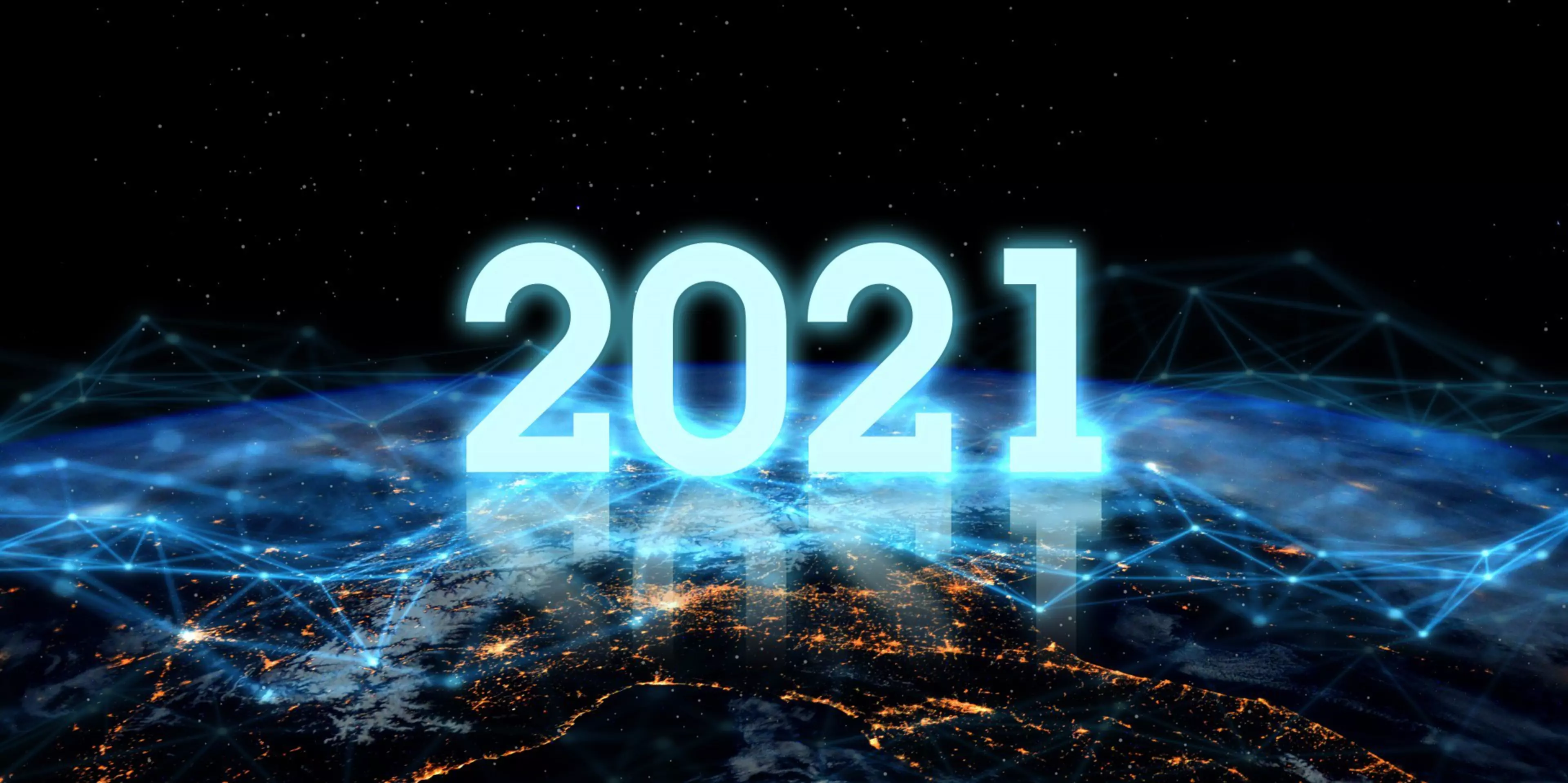What will shape the digital workplace in 2021?
The COVID-19 pandemic triggered an external shock of unprecedented magnitude for organisations large and small. In 2020, IT had therefore one prime goal: to find solutions to keep their employees working. For many companies, tools used to enable remote working meant they could continue to survive. This translated to a surge of requests for digital workplace solutions. And we saw a breakthrough for digitalisation, even amongst companies that had previously been reluctant to adapt digital processes or did not effectively pursue them as a high priority. According to the recently published 'State of the Digital Workplace Report' by SMG, ''after three years of relatively static figures, for the first time a clear majority of organisations (56%) stated the digital workplace was an 'extremely' or 'very' important priority, up from 48% in 2019''.[1] But how will 2021 follow this extraordinary year in terms of digitalisation requirements and developments? Konica Minolta's experts Olaf Lorenz, Yoann Fortini, Shintaro Inoue and Jaromir Sponar offer some predictions. They expect that while 2020 was a year for finding solutions, 2021 will be the year for following these up with strategic approaches that address the new post-corona work reality. The imperatives for these strategies can be summed up with: ''grow, repair or replace and protect''. This is important, as 2021 will bring its own challenges as well as opportunities for organisations across the globe.
The transformation towards hybrid offices must be accompanied by a new, holistic approach to security, in order to avoid negative consequences. ''The parameters for protecting your business have significantly shifted in 2020 – this will make an overhaul of the security strategy necessary for many businesses'', says Yoann Fortini. He expects this to include more secure and compliant information management systems, premises security solutions as well as managed security and disaster recovery services. This first and foremost starts with IT, as cyber criminality has quickly adapted to the new work reality: 2020 saw a steep increase in ransomware and data theft attempts trying to exploit insecure home office work processes[4]. ''We unfortunately have to expect a further professionalisation of these attacks in 2021, strategically targeting the 'weak links' an unprepared IT may have'', states Yoann Fortini. To provide its customers with solutions to counteract these threats, Konica Minolta has made security an integral element in all of its Intelligent Connected Workplace offerings. ''We have designed our digital workplace solutions to have security 'built-in' - whether infrastructure, cloud services, information management, managed print services, to name a few'', he explains. At the same time, compliance is ensured when storing, handling and processing data, independent of the user access point.
With limited budgets, large and small organisations will face a further challenge in 2021 with regard to their skilled labour. ''In fact, organisations will need to use their most valuable resource as best as possible – their employees. Arduous repetitive manual tasks are definitely not part of those application fields'', says Jaromir Sponar, ITS Business Development Manager, Microsoft MVP at Konica Minolta IT Solutions Czech. ''Manual processes with arduous tasks using small parts lead to errors and frustrated employees. Replacing those with Robotic Process Automation (RPA) means that repetitive tasks will be taken over by process robots – making fewer mistakes. Thus, employees can do more sophisticated tasks and we can increase their satisfaction'', Sponar states.
The same positive effect can be achieved by using intelligent video solutions in manufacturing companies, knows Shintaro Inoue: ''For instance, our MOBOTIX intelligent video solutions record and analyse the performance of machines on the shop floor. Thus, qualified personnel can use these data and figure out the reasons for low productivity and optimise production workflows.''
''Digital transformation enables us to rethink what is necessary, especially with regard to mobility-related emissions'', says Olaf Lorenz. ''This includes both daily commuting as well as business travel. Collaboration tools not only make communication and networking across different locations seamless – they are a good option when looking to avoid CO2 emissions resulting from business travel. This way, our collaboration tools such as Workplace Go can help the organisations effectively improve their CO2 footprint.''
According to Olaf Lorenz, an organisation's future ability to grow will depend on its capability to navigate the shift to a low carbon, clean technology economy. Here, a higher digital maturity of the organisation can help achieve these goals: ''Of course, digital information management helps reduce the amount of paper used – and therefore lower the amount of natural resources required.'' However, he also states: ''Yet, we must consider that digital processes use energy as well – here, efficiency gains and renewable sourcing are key – and they will play an even greater role in years to come. Sustainability will therefore be a focus in the digitalisation strategies of 2021 and beyond.''
Therefore, while 2020 has undoubtedly been an extraordinarily intense year for all organisations, 2021 will hold ample challenges for them as well. ''With all that has been achieved in these busy past months, 2021 will see a general overhaul of the digital landscapes in companies. We expect a further pursuit of the already initiated transformation activities. Yet, businesses will also revisit many solutions that have been swiftly implemented in the wake of the pandemic. They will aim at repairing or replacing them where necessary, so as to improve efficiency, but also – probably at least as important – to enhance security and compliance'', Olaf Lorenz concludes.
